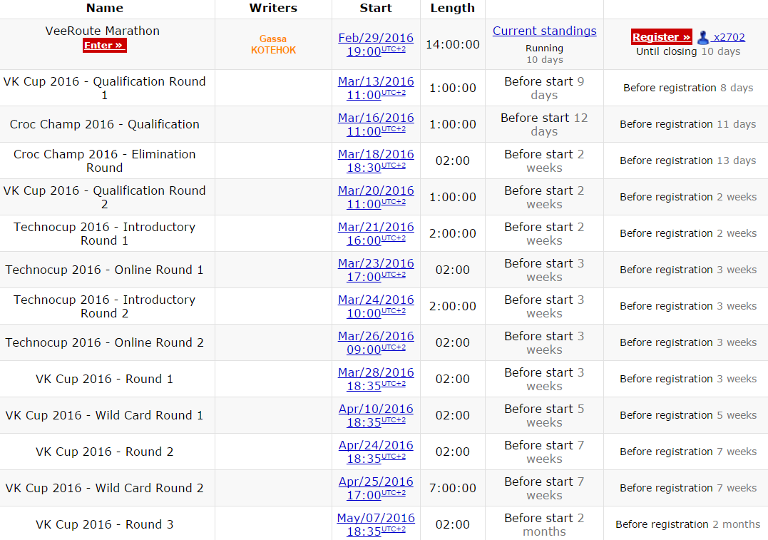This is not really a programming-related blog.
I've noticed that a lot of Indian competitors use the word "doubt" when talking about a wrong solution they have or failure to understand some editorial. Most of the time it's quite an imprecise usage of the English word, as there is no specific thing that is being doubted.
My guess is that there is some word in Hindi (or one of the many other Indian languages) that has a richer meaning, but is taught to be translated as "doubt". Even when correctly used, it is disproportionately popular among Indians, so it must correspond to something very common.
So to satisfy my linguistic curiosity, could any Indian speakers elaborate on the effect I've observed?













